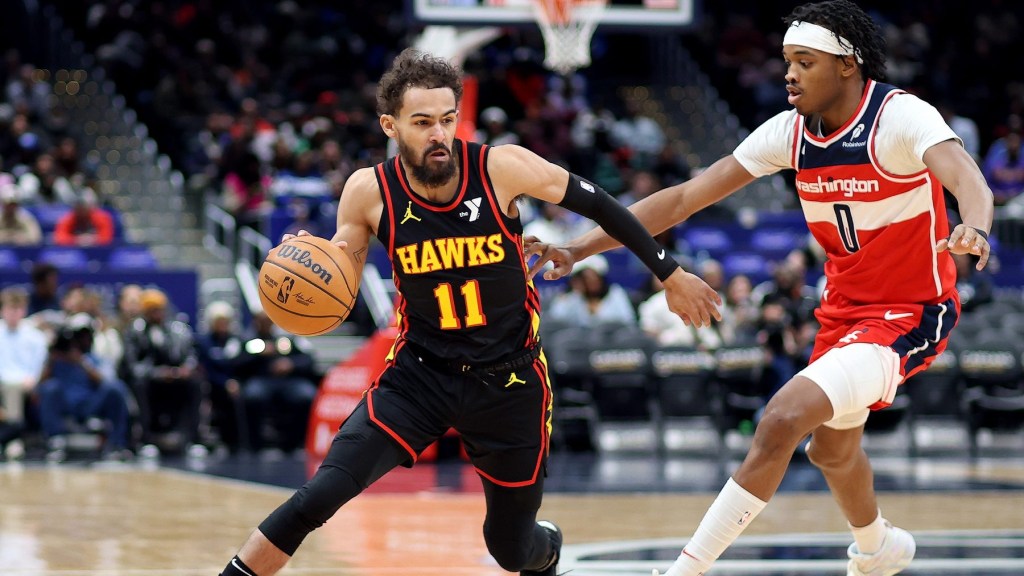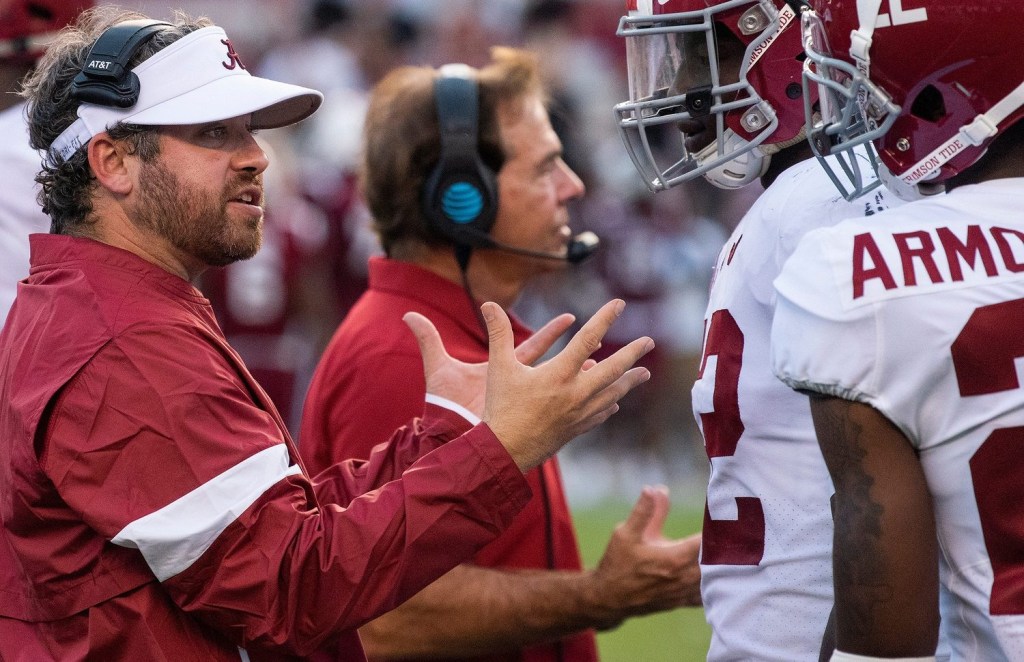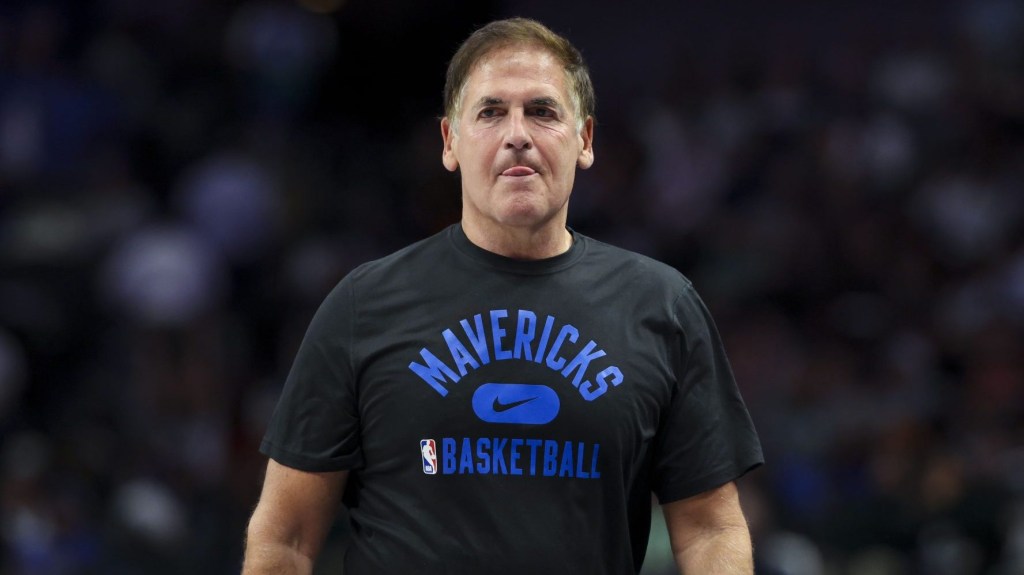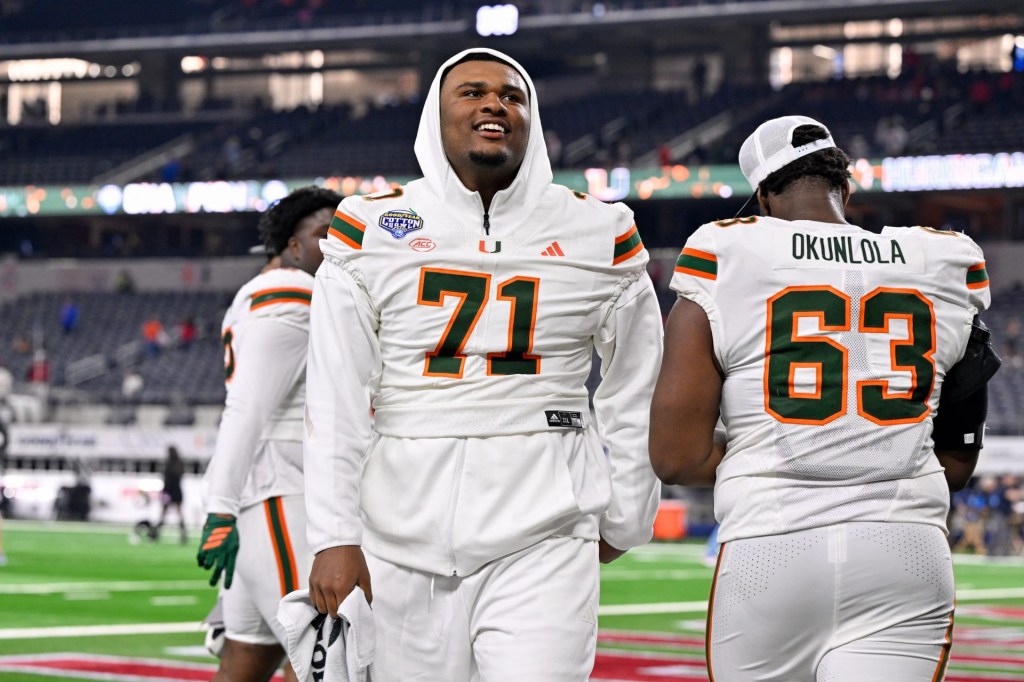Following its unexpected resurrection, the 108-year-old Pac-12 looks like the sudden star of the current round of realignment. But its survival has actually depended on a neighboring non-power conference less than 30 years old.
Almost immediately, the Mountain West emerged as a potential lifeline for Oregon State and Washington State after the Pac-12 collapsed in 2023. Since then, the two inked a temporary relationship in a one-year football partnership. There were even whispers that they could tie the knot, so to speak, with a reverse-merger.
But those flirtations are over now. In early September, the two conferences announced they would not extend their football partnership. Two weeks later, the Pac-12 announced it will take four Mountain West schools in 2026: Boise State, San Diego State, Fresno State, and Colorado State.
The Mountain West, armed with hundreds of millions in exit and damage fees and interest from outside programs, is now going off on its own to rebuild. Once a potential marriage partner to the Pac-12, it could become the conference’s biggest rival.
The Pac-12 collapsed one year ago when all but two members announced their intention to depart. Oregon State and Washington State, refusing to let the conference die, scrambled for a short-term solution and a path toward a complete rebuild.
The Pac-12’s courtship with the Mountain West began almost immediately afterward, in the fall of 2023. After all, it was a logical partner: The Mountain West boasted a slew of well-developed FBS athletic departments that had local proximity to the “Pac-2.” The schools had already been considered good fits for a Pac-12—San Diego State, for example, has long been vocal about its interest in joining the Pac-12. And Mountain West commissioner Gloria Nevarez, herself a former Pac-12 employee, had signaled she was open to considering multiple new options for the conference’s future.
At the time, the Pac-12 was in no position to poach Mountain West schools. The conference looked to have no income, and it was unclear whether its infrastructure or intellectual property would survive—not to mention, it didn’t have a media deal. Besides, the Mountain West required hefty exit fees: $17 million per school.
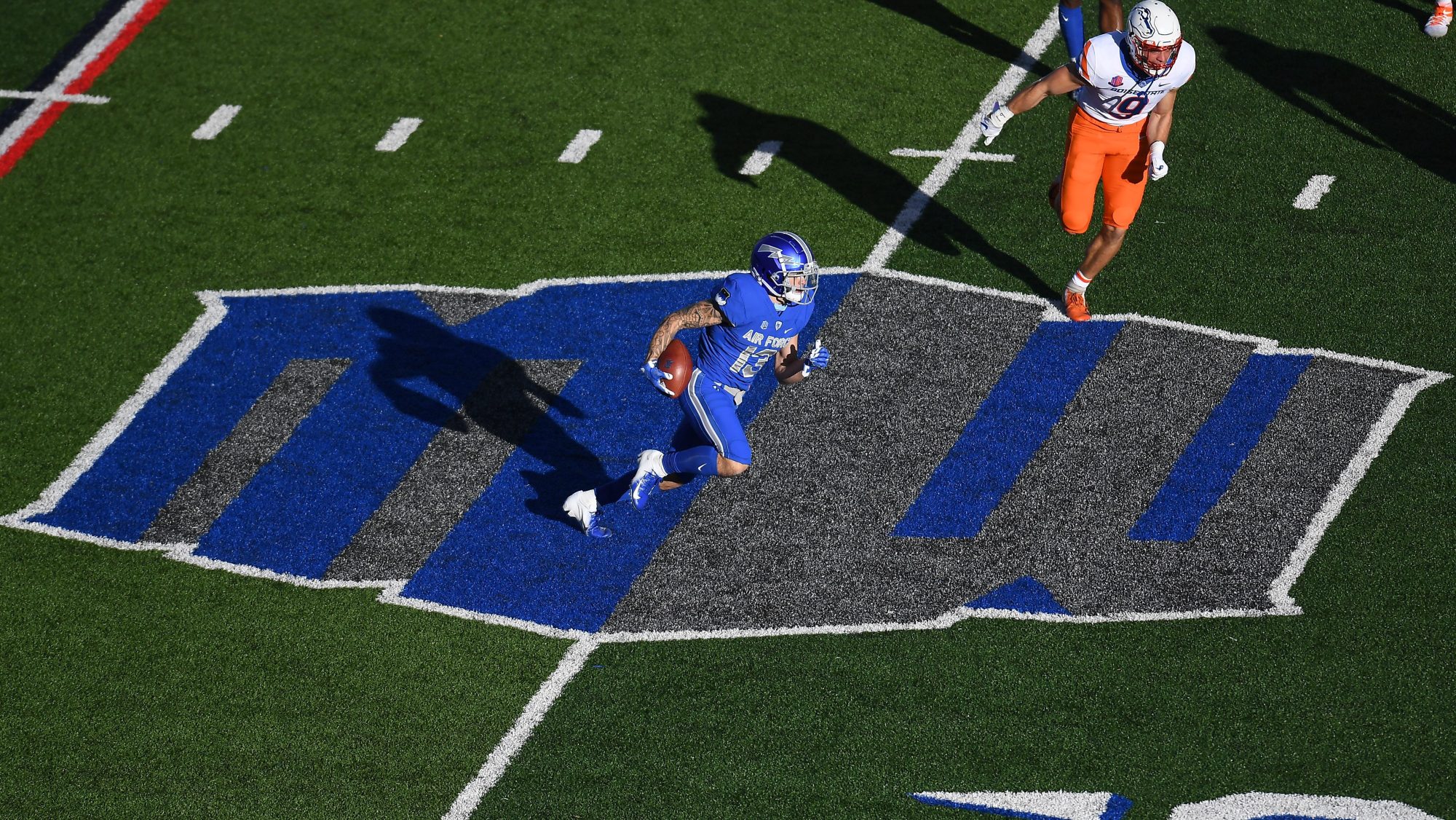
There were talks of a reverse-merger, with the Mountain West schools joining the Pac-12 and Nevarez becoming the first female power conference commissioner. In a conversation with Front Office Sports last summer, Nevarez joked it would have been a strange way to back into the role.
While the conferences considered their options, the Pac-12 was less than a year away from a football season with almost no conference opponents. So it negotiated a one-year football scheduling partnership with the Mountain West, which was finalized in December. The partnership guaranteed OSU and WSU would have a slate of opponents that, combined with non-conference play, would give them a path to at-large bids in the expanded College Football Playoff—if they played well enough.
In August, Nevarez described the partnership to FOS as “a gift wrapped on a silver platter” for the Pac-12.
For the first half of 2024, the Pac-12 didn’t make any long-term decisions. It had just signed a divorce agreement with departing schools, ensuring $65 million in exit fees and the retention of the conference’s intellectual property. Then, it replaced George Kliavkoff with longtime Pac-12 executive Teresa Gould as commissioner, signed a modest media deal with Fox and The CW for football, sent Olympic sports to the West Coast Conference in an affiliate deal, and charted a path forward for the assets of the soon-to-be-defunct Pac-12 Networks, renamed Pac-12 Enterprises.
The Mountain West, dealing from a position of strength, waited patiently for the Pac-12’s next moves. The scheduling partnership ensured the conference (seemingly) controlled its own fate in relation to the Pac-12: Nevarez had negotiated a clause into the contract that required the Pac-12 to pay damage fees of around $10 million for every school the Pac-12 poached. However, the Pac-12 wouldn’t have to pay these damage fees if it took all of the Mountain West’s schools—clearing a path for a reverse-merger.
The Pac-12 has a two-year grace period to rebuild into a conference with at least eight FBS members, according to NCAA rules. So while it contemplated long-term options, it had conversations with the Mountain West about a scheduling partnership extension into the 2025–2026 season. If the parties had agreed to do so by Sept. 1, they could have simply extended the terms already negotiated in the current contract.
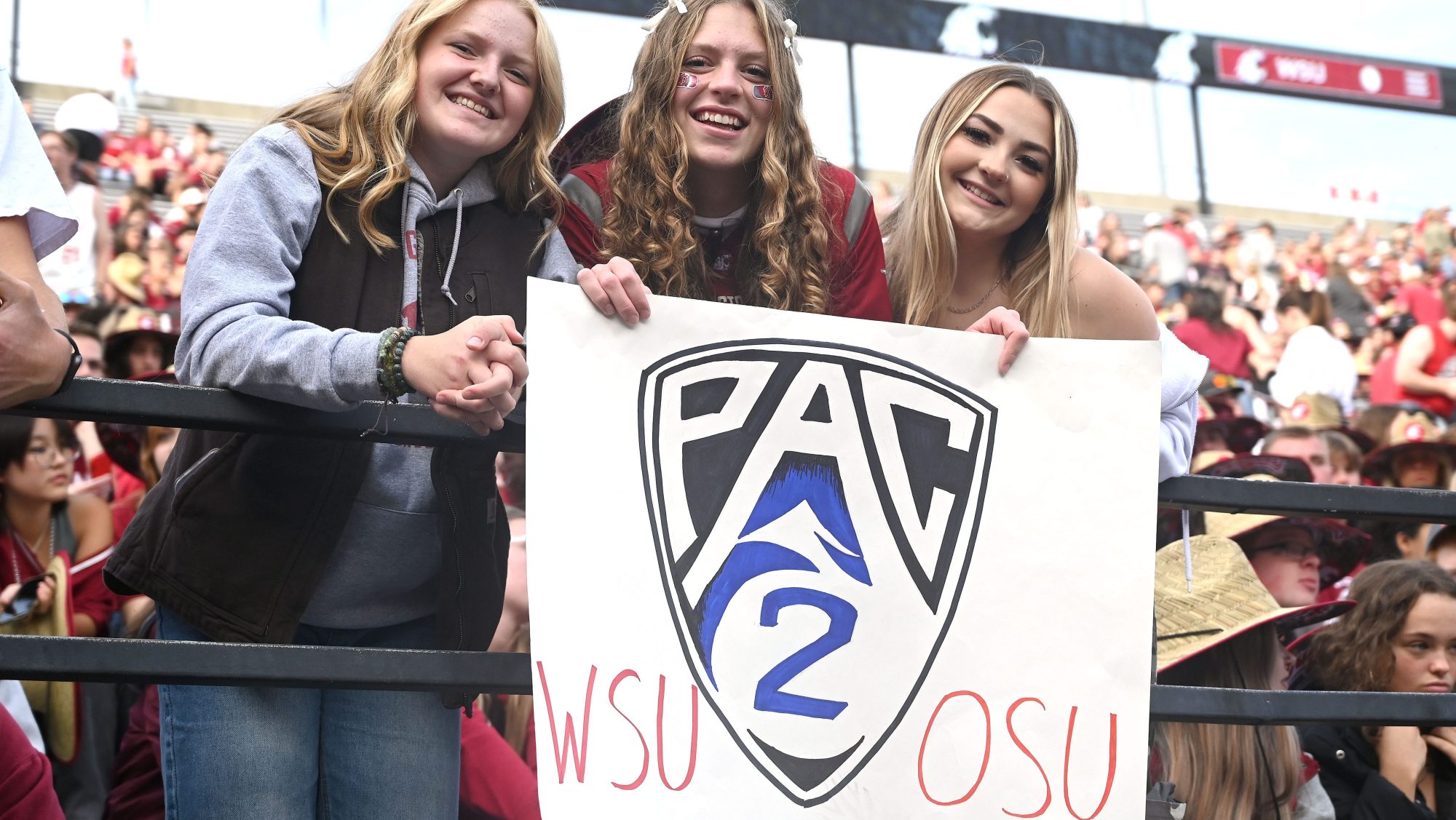
The talks fell apart, however, mostly because of money. The Pac-12 was paying $14 million in fees for the partnership alone, and tried to renegotiate, a source told FOS, but the Mountain West schools declined.
A couple of weeks after deciding not to renew the partnership, talks really heated up between the Pac-12 and the four Mountain West schools that did eventually agree to switch conferences. Just a few days before the official announcement, the conversations escalated, Gould told FOS. Then, on Sept. 12, the Pac-12 said it would add Boise State, San Diego State, Colorado State, and Fresno State.
Despite the relationship’s deterioration, however, the two conferences can’t escape each other. They’ll still have to live out their scheduling partnership for the entire rest of the 2024 season.
The Mountain West is hardly dead in the water. In fact, it could become a destination in its own right to rival the Pac-12 for football dominance in the West.
Thanks to the scheduling partnership, it has $43 million coming its way from the Pac-12, as well as $68 million in exit fees from departing members, for a total of $111 million to use how it sees fit.
It could also use the money to entice programs like Air Force, being courted by the AAC, to stay. In need of two more schools by the 2026 season, it’s possible the Pac-12 could poach more Mountain West programs. If the Pac-12 does take more Mountain West schools, the conference could earn even more.
The Mountain West itself will likely make the biggest moves in the next round of the falling dominoes. Several programs have already expressed interest, the aforementioned source confirmed to FOS, including New Mexico State and Sacramento State (which could jump to the FBS level if it undergoes a two-year NCAA approval process). The Mountain West’s next moves depend on whether it loses more schools and also has to rebuild to eight existing FBS members. But the conference probably won’t get picked apart in the way that the Pac-12 did.
The Mountain West will likely end up as the Pac-12’s fiercest competition in the West. It will have the opportunity for at-large bids in the expanded College Football Playoff, and it has signed onto a post-2026 agreement to partake in the next era of the CFP. It also has a lengthy runway to sign a new television deal.
“The Mountain West has a proud 25-year history and will continue to thrive in the years ahead,” Nevarez said in a statement when news broke about Pac-12 expansion. She’s likely to keep her word.


